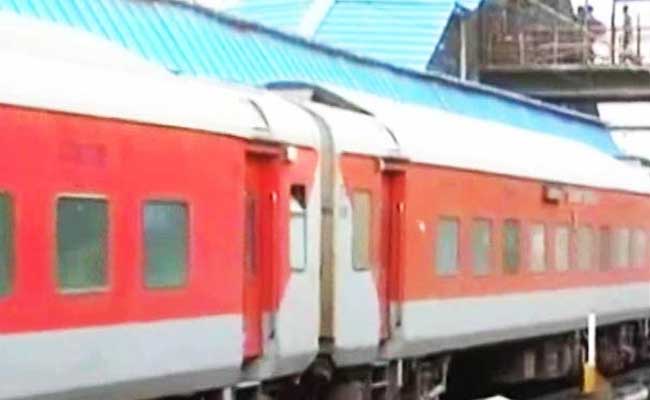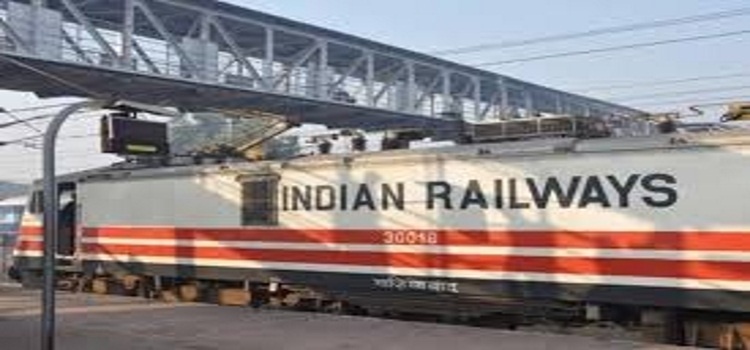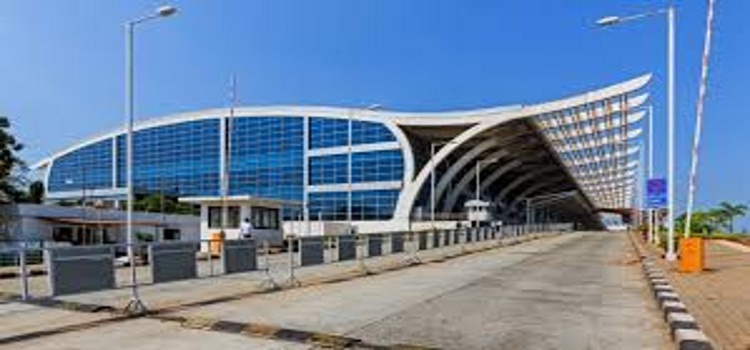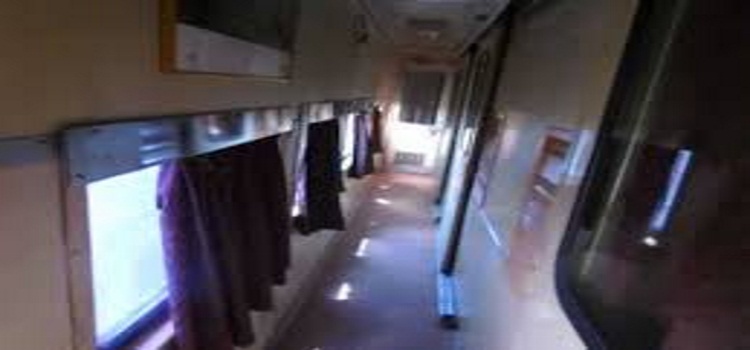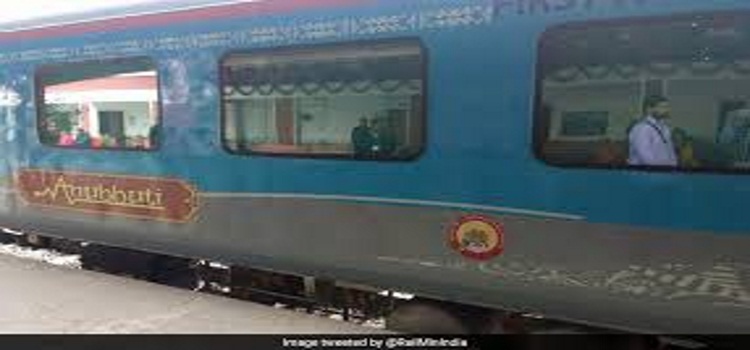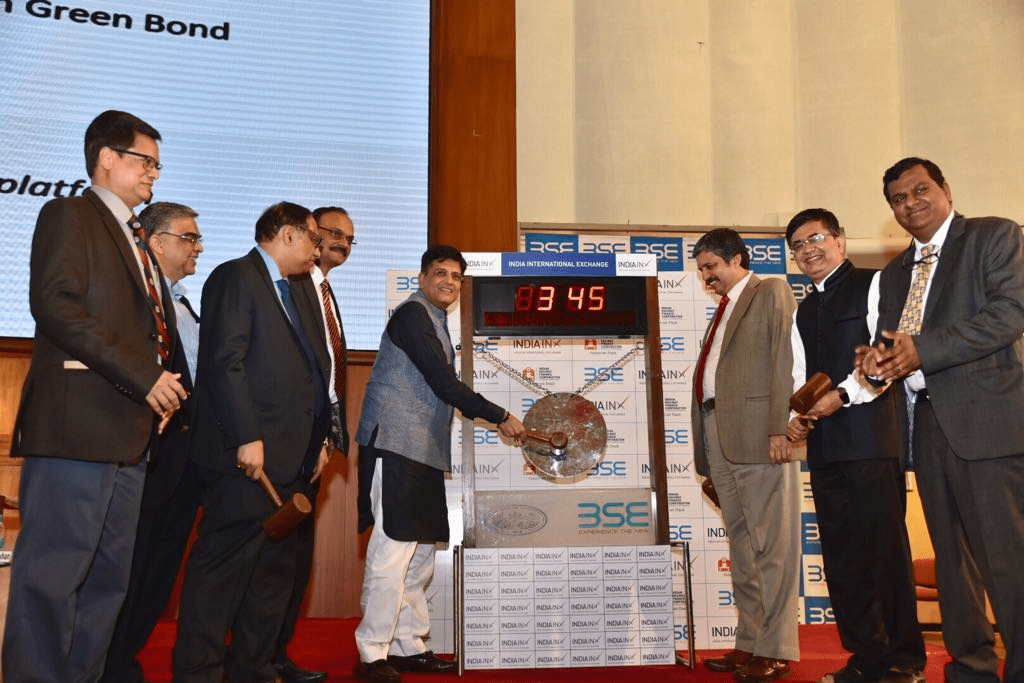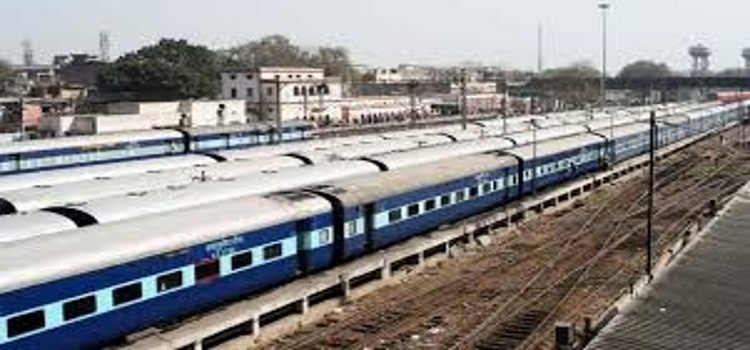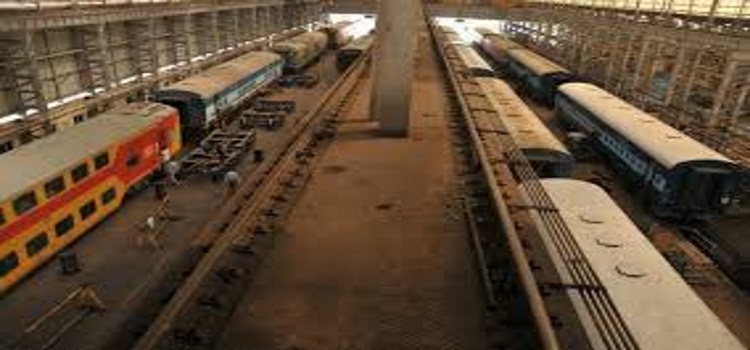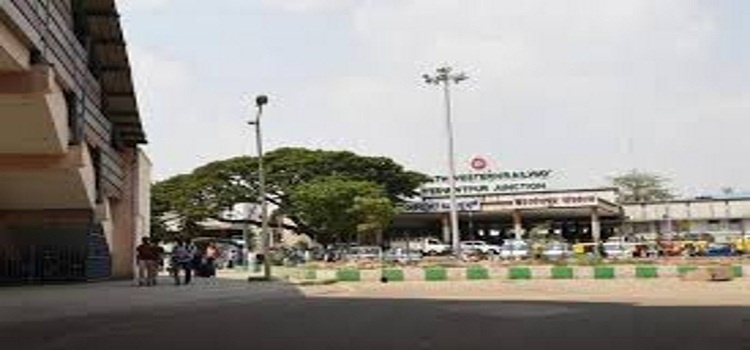
Responding to passengers’ anguish that diversion of Bengaluru-Karwar night express via Kunigal, the shortest route four days a week, did not reduce journey hours, the Railways has further speeded up the service, at least till Bhatkal effective February 10.
Though the train takes 17.15 hours from Bengaluru to Karwar even under the re-revised timings, the journey hours have come down at least by one hour till Kundapura because of efforts by South Western, Southern and Konkan Railways. Travel time from Bengaluru to Mangaluru Central gets reduced by one hour (total 10.45 hrs); Udupi by 1.20 hrs (total 12.40 hrs) and Kundapur 1.15 hrs (total 13.05 hrs).
The train takes a whopping 17.45 hours between Bengaluru and Karwar via Mysuru at present.
In the return journey on the diverted route, the train takes 16.20 hours from Karwar to Bengaluru as against 17.40 hours.
Campaign
Rail users launched a campaign for diverting the service on the new route after the Bengaluru-Hassan new line was opened even as Sanjay Revankar from Karwar fled a PIL petition before the Karnataka High Court seeking an exclusive overnight express train between Bengaluru-Karwar on the shortest route.
While the SWR announced diverting the existing combined night train (Bengaluru-Karwar/Kannur-Bengaluru) on the shortest route four days a week thereby speeding up the journey time, SR and KR did not reciprocate initially to receive the train with advanced timings, limiting the benefit of diversion to just 30 minutes.
Delay in receiving
Though the train arrives at Bantwal at 5 a.m., it was to be received at Mangaluru Junction, a distance of just 19 km, by SR at 5.58 a.m. Similarly, though it arrives at Mangaluru Central at 6.20 a.m, the Kannur portion was first despatched at 6.40 a.m. and Karwar portion at 7 a.m. More than an hour was wasted in the process.
Realising this, SR agreed to receive the train early at Mangaluru Junction at 5.32 a.m., at Central at 6 a.m. and despatch it first at 6.20 a.m. The Konkan Railway too reciprocated to receive the train in its jurisdiction at 6.55 a.m at Thokur.
However, KRCL has not speeded up the train beyond Bhatkal, saying the path was not available due to five oncoming trains. Hence, the train reaches Karwar at 12.30 p.m. only.
‘KRCL should have reciprocated’
While South Western and Southern Railways have made every effort to reduce the running time of Bengaluru-Karwar overnight express, Konkan Railway Corporation too should have reciprocated in right earnest, feel rail activists and sources in SWR.
“It is good that KRCL has speeded up the train till Bhatkal; but the same gesture should have been shown till Karwar,” said an activist who did not wish to be named.
Sources in SWR said Konkan Railway should have given priority to this train over others as it was the only overnight express between the State capital and Karwar. Karnataka too has contributed substantially to bring in KRCL, they noted.
KRCL Chairman and Managing Director Sanjay Gupta told that the Corporation speeded up the train as much as possible. Speeding it up beyond Bhatkal was not possible because of five oncoming trains. The issue would again be discussed by the three zones in the forthcoming Railway Timetable Committee meeting, he said.
‘Extend Chennai-Bengaluru Superfast to Mysuru’
Rail users from Mysuru region have demanded extension of Chennai-Bengaluru-Chennai Superfast Express (Train No. 12609/12610) to fill the void created by diversion of Bengaluru-Karwar/Kannur Express four days a week via Kunigal.
The Karwar Express leaving Bengaluru at 8.30 p.m. was the last service towards Mysuru and hundreds made use of it. Also, Karwar/Kannur-Bengaluru Express was the first service from Mysuru leaving at 5.30 a.m. to reach Bengaluru at 8.20 a.m, they said.
S. Yogendra from Mysuru Grahaka Parishat said Chennai-Bengaluru Express arriving at Bengaluru at 8.05 p.m. should be extended to Mysuru on the path of Kannur/Karwar Express on both up and down directions. If done so, it would also connect East Bengaluru with Mysuru region and help hundreds of travellers from areas like Whitefield and Krishnarajapuram, he felt.
SWR sources however said it was a difficult proposition as the rake has to undergo mechanical maintenance at Bengaluru upon its arrival from Chennai. Mr. Yogendra countered it saying maintenance can be done at Mysuru as well as there would be very few trains.
At majestic, two metro stations fail to connect to KSR Bangalore Railway Station
The much-delayed construction of a pedestrian bridge to provide access to the City Railway Metro station at platform number 10 of Krantiveera Sangolli Rayanna (KSR) railway station may take three more months for completion.
Namma Metro’s Byappanahalli-Mysore Road line has two Metro stations, each connecting the railway station from two directions. Though the stretch was opened for public in November 2015, commuters of railways, BMTC and KSRTC are yet to get safe access.
Those exiting the railway station from the western point at platform number 10, have to climb down a row of stairs to the road and walk for nearly 200 metres to reach the City Railway Metro station.
“We are waiting to see when they will complete the construction. I have asked railway officials many times but they point fingers at the Metro. The stretch is very unfriendly to pedestrians in the evenings as the street is poorly lit,” said Srujan Reddy.
Reddy, who travels between Kengeri and Jayanagar, said he avoids the Kempegowda Metro Station “as it requires walking nearly a kilometre from the platform”.
“If the government wants to decongest city, it should prioritise integration to help people who travel from suburbs every day for work,” he said.
Work on the pedestrian bridge connecting the Metro station to platform 10 is still ongoing. The Bangalore Metro Rail Corporation Limited (BMRCL) has set February as the target for completion of the work.
“The BMRCL portion (of the bridge) will be ready by February end. The portion built by the railways may take three months,” the corporation’s Public Relations Officer U A Vasanth Rao said.
Once completed, the bridge will have an escalator and a lift at the Metro station. It will connect the railway foot-over bridge where passengers can access all platforms.
The project has missed three deadlines in 2017 with the cost nearly doubling from the original Rs 95 lakh to nearly Rs 2 crore. “The railways has given clearance for the project. It is left to the BMRCL to complete the work,” a senior official in SWR’s Bengaluru Division said.
